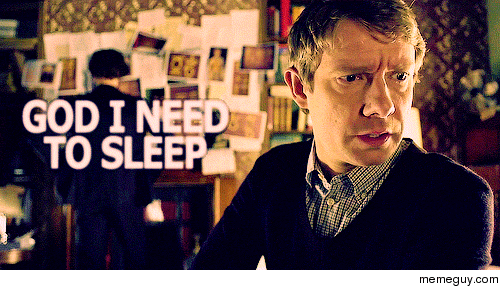
When I was first drawn into this nighttime Instagram grid, I was looking for a distraction, for images to displace the thoughts that had agitated me to exhaustion. Lose yourself to the loneliness, and the daylight leaks out of you. Is it fatigue? Or something more? Something less? Stay sane, and the night shift may seem like just another set of hours. Pay attention to the eyes, drooping or unnaturally wide. Pan out to take in some fraction of the 670,000 faces. It’s a long drive out to the mines, and drug testing never stopped anyone from drinking, especially after the shift is over. “And a couple more like that.” He says other guys have died on the road, Highway 59. “Maybe a suicide.” It didn’t seem like an accident he had to drive through a couple of berms. He heard about a man at another mine who drove a machine into the pit. “Quite a few fatalities the past year,” he observed. So far, this is enough to see him through the nights safely. Things he can do with his days, when he has days. He’d be proud if his kids grew up to be miners. He’s brought his 6-year-old boy out to see the machines.

“Nobody back home has really seen what we do out here,” he said. He came to this job - a good one, $30 an hour or more for as long as the coal lasts - after construction work dried up in California. Twelve hours of ‘dozing, four nights in a row. “Working through the night, not sleeping next to your wife, missing your kids because they go to school before you get home.” Tatum likes to post pictures of the heavy machines used to dig coal from Wyoming strip mines. “There’s people still struggling like I struggle,” a miner named Mike Tatum told me, explaining why he posts pictures and why he looks at them. Some guys, he said, use Provigil, but that’s prescribed. “High speed and low drag,” Aguirre told me when I called. After a while, the adrenaline that juices you when you’re new - when you’re still keeping a tally of the lives you’ve saved - disappears. Nights are good preparation for that: You get more serious cases. He works nights so he can study days he wants to be a doctor. He owns an AR-15, a 9-millimeter and a shotgun, but the only thing he shoots on the night shift is his camera. Marcelo Aguirre, a paramedic in Newark and suburban New Jersey. Sometimes they are almost one and the same, as in the case of a.k.a. The #nightshift hashtag is especially well populated by the armed professions and the healing ones. Scroll through #nightshift, and you’ll see some saints among them and some whose hands you hope will be more alive in an emergency than their ashen faces. Close-up, arm’s length, forced smiles, dead eyes. Cops in noirish black and white, their pictures framed to show a bit of badge. There are the soldiers and sailors pulling a night shift for no good reason other than orders, photographing themselves and their comrades on the verge of sleep or already under. There are the warehouse workers who snap themselves letting a wisp of marijuana smoke slip from between their lips, little Instagram rebellions. The hashtag itself is a form of solidarity. “Desperate” is a word that comes to mind, but so does “resigned.” And even “resistance.” Sometimes it’s in the form of a gag, a ridiculous pose sometimes it’s in the form of a gaze so steady that it seems to warm the fluorescent panels framing so many of these pictures. These pictures may be clever or maudlin, silly or harrowing or sad. This is the ghost world of #graveyardshift (#nightshift’s sister hashtag), whose workers file into Instagram every evening. And like me, they were looking at the screen in their hands, held up by the one in mine. Most of them were people like me, awake when they didn’t want to be awake. Instead, I stared at the matrix on my phone, my own red eyes scanning a tiny sample of some 670,000 photographs under #nightshift. One night, I was drinking my third cup of coffee - because when you can’t sleep, you might as well stop trying - and ignoring the deadline looming the next morning. More recently it was because I had no choice.

Once it was out of choice, a preference for the quiet hours. I’ve been working at night myself for a long time now.

Why take a photo at that hour? “People forget about us, the night shift,” she said. That’s why she works these hours: The freedom to work at night and to raise her children during the days. “Freedom,” she told me over the phone from her lab. She has worked these dark hours since her son was 7. She’s a lab technician in Jacksonville, Fla. Her workdays begin and end in the dark, and they are dark in between. The photograph that Markisha McClenton posted on Instagram is a self-portrait, a close-up that is muted in dim light.


 0 kommentar(er)
0 kommentar(er)
